10 Things to Think About Before Getting a Hamster
Some parents let kids get hamsters because they think that they’re good “starter pets.” But that’s just not true. Caring for a hamster (or any animal!) is hard work.
Here are some things to think about before you get a hamster:
1. When you buy a hamster from a pet store, you’re supporting cruel animal mills.
PETA found that a Pennsylvania animal dealer kept thousands of hamsters, rabbits, gerbils, chinchillas, ferrets, and other animals in really crowded bins.
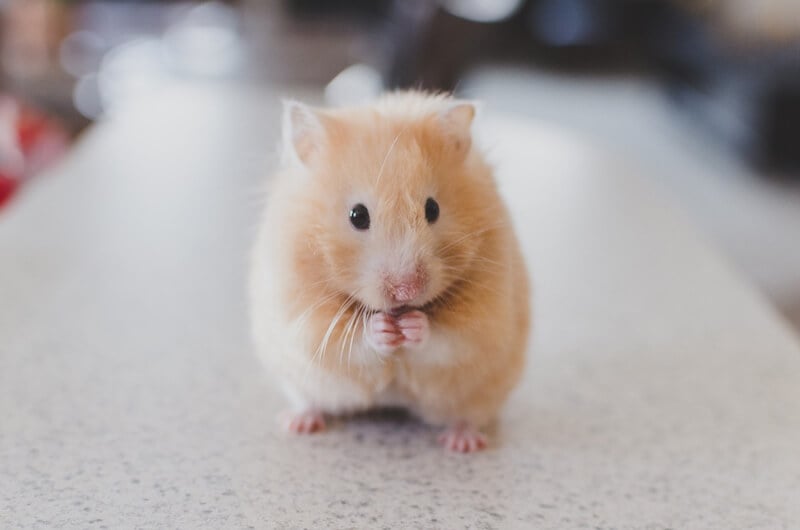
Would you like to be crammed into a tiny box with a bunch of other people? We wouldn’t like that, either!
2. Buying and selling animals leads to more homeless animals.
Breeding animals like hamsters to be kept as animal companions has created a big problem: Millions of homeless animals are killed in shelters every year just because there aren’t enough people to adopt them. So always adopt animals from shelters instead of buying them from breeders or pet stores.
3. Is your home safe for a hamster?
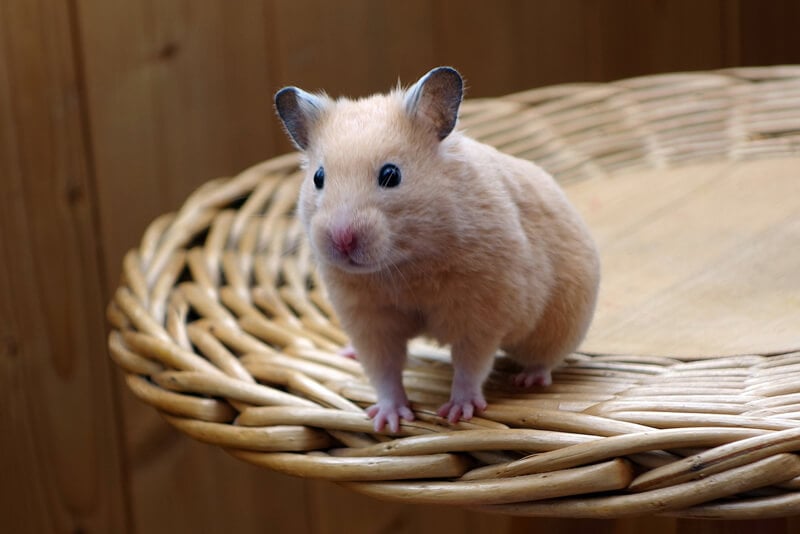
Hamsters are small, defenseless animals who can be viewed by other animals as prey. They could be in danger of getting hurt or killed by other animal companions, like cats.
4. It can be hard to find a veterinarian (or animal doctor) for hamsters.
A hamster is an exotic animal and must be seen by a veterinarian who knows about exotic animals. Not all veterinarians will treat hamsters, so if yours gets sick, it might be hard to find help close by. Exotic-animal veterinarians can cost a lot, too.
5. Know the different types of hamsters.
To give your hamster the best care, you must know about his or her species. There are five common types of hamsters. The most common are golden or Syrian hamsters. They like to be on their own. If they together after they’re 10 weeks old, they’ll fight and may even kill each other. Yikes!
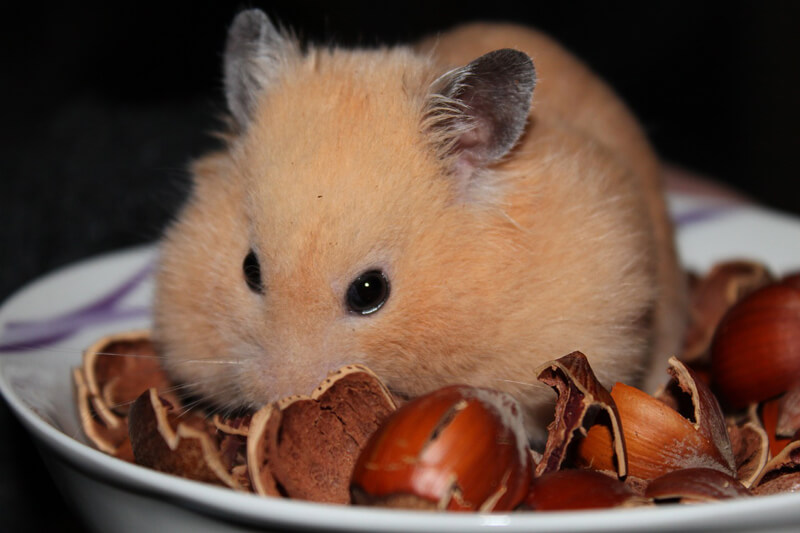
The second most-common type are dwarf or Siberian hamsters. They can live together if they’re introduced to each other at an early age. But adult dwarfs will usually reject a new companion. Different types of hamsters should never be mixed together. They will not get along. And male hamsters should never be housed with female hamsters, because they could breed and have babies.
6. Hamsters are easily frightened.
Hamsters’ eyesight isn’t very good, so they depend more on other senses to survive. If caught off guard, they may bite to protect themselves.
7. Hamsters stay up late.
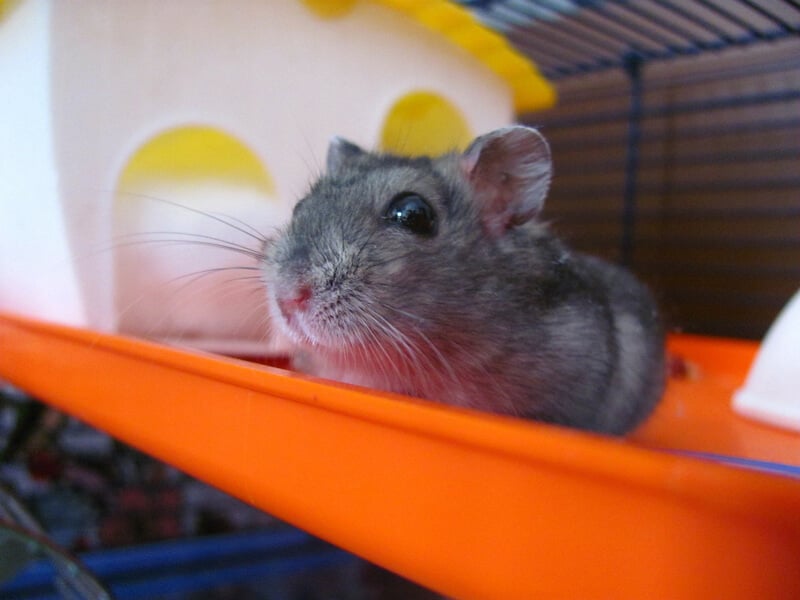
Hamsters are most active at night. This can be frustrating for kids who want to play with them during the day. During the day, the hamsters just want to nap. It’s important to know and accept that their nightly activity may disturb your sleep.
8. Hamsters often get diseases.
Overbreeding has caused hamsters to be more likely to suffer from heart failure at a young age. Treatment for this painful condition can cost a lot, and there is no cure. Hamsters are also more likely to get other diseases and infections—some of which can infect humans.
9. Hamsters are great at escaping.
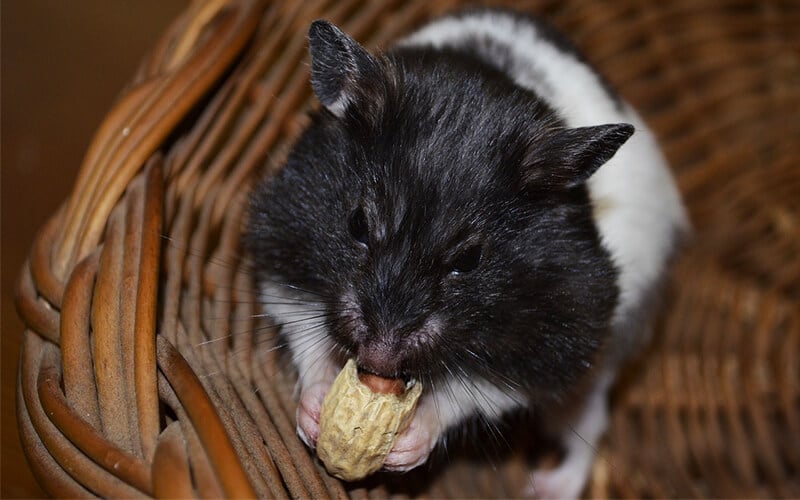
These smart animals can flatten their bodies and fit through teeny-tiny holes. They can easily get lost and can be hard to find. And they often get hurt or killed while on the loose.
10. They don’t live very long.
Even in the best conditions, hamsters only live to be between 2 and 3 years old, which can be very sad.
*****
Want to help these awesome little animals? Never buy them from a pet store! If you and your parents are sure that you’re ready to get a hamster, adopt one from a shelter, and tell your friends to do the same.







Under 13? Ask your parents bee-fore you continue!